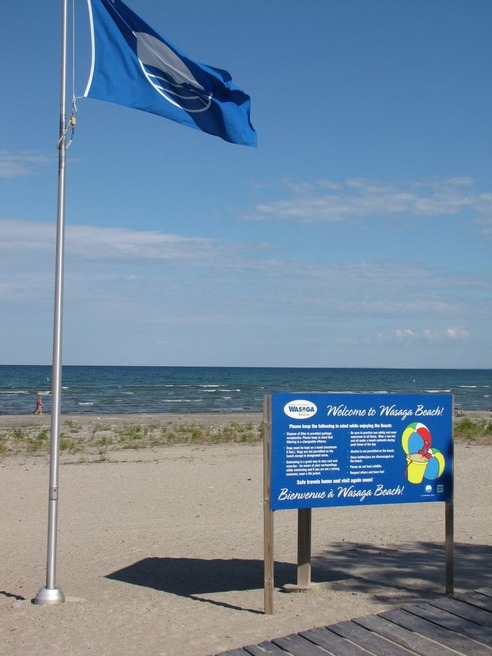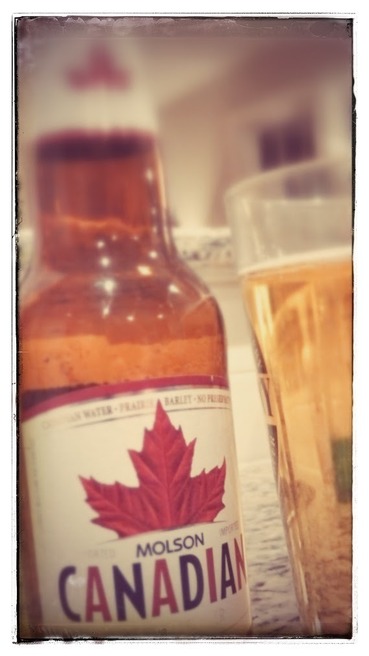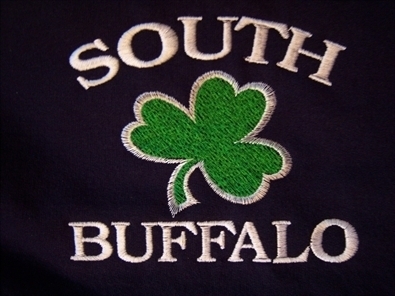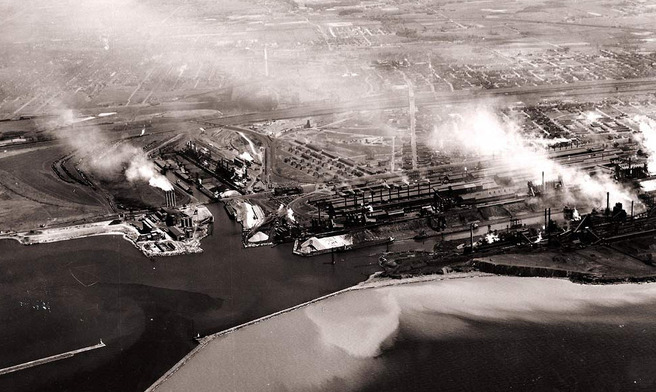Get Me Some Watson's!
The general concensus of newspaper articles and Web sites place the origin of "sponge candy" in upstate New York. Buffalo appears to be the epicenter. We find much information about the current product but scant details regarding the history of the recipe. Many sources (including company Web sites) vaguely date the recipe in the 1940s. The origins are family secrets.
Apparently this product (or similar products) is known in other parts of the country by different names: fairy candy, fairy food, sea foam, angel food and honeycomb toffee. An examination of old confectionery texts confirms recipes with these names. Some of these may approximate sponge candy, others might produce very different products. One of "signature" ingredients in sponge candy is baking soda. This ingredient is generally omitted from the other recipes.
"Those who know about it come in with mouths watering, cast their gaze across the rows of chocolate creams and molds to see if they'll taste any today. You see, to get sponge candy at Stone Brothers Home Made Candies, conditions have to be jsut right. And that means candy junkies are sometims left wanting for a delicacy seldom found outside upstate New York. "It's something I don't think exists in other parts of the country," said William Long...Other than Stone's a nine-worker enterprise...Long knows of only three small companies in Buffalo that make the melt-in-your-mouth mixture of corn syrup, sugar, water, gelatin, baking soda and chocolate..."Usually the only place you see it in Central New York is in a retail shop,"...While whipping up a batch shortly before Christmas, Stone's owner...said, "Some people comapre the taste to malted milk balls, but it's not quite like that...Stachowicz and candymaker Tom Wall make 1,000 pounds of sponge candy from early November through April. They make about 150 pounds at a time in a painstaking two-day process. "Weather conditons have to be perfect,"...Atmosphere pressure must be above 30 pounds per square inch and humidity must be below 50 percent in the back shop. Without those conditions, warm, moist air sucks too many bubbles out of the sponge and takes away the scratchy chewiness that defines the product...It starts with a 60-pound copper bowl, coarse sugar, thick corn syrup, water, a long wooden stick and a tall thermometer. When the mixture bubbles to 293 degrees, the copper bowl is removed from a gas-fired stove and gelatin is added. In exactly 90 seconds, baking soda is added, turning the mix from a dark tan to a light gold...the mixture [put] "to sleep" overnight in 2-foot-by-4 foot metal boxes...called "coffins." [the candymaker] covers the boxes with blankets. Next morning, the "heart" of the mix is coated with a 1/45-inch thick swirl of wood-hard candy..."It's impossible for someone to make a small batch at home because the tough hide would swallow the tender core...[the candymaker] cuts the core int o 1-by-1 inch squares...[and them] takes the squares to the "enrobing room," where they are dressed in either light or dark chocolate...Sponge candy is one of 33 recipes Raymond Stone passed along with the store, Stone, who started making candy in his basement in 1940, died several years ago."
---"Move Over, Candy Bars: Sponge candy 'Eats like a Million Bucks'," Scott Scanlon, Post-Standard (Syracuse NY), January 8, 1992 (Accent, P. 1)












